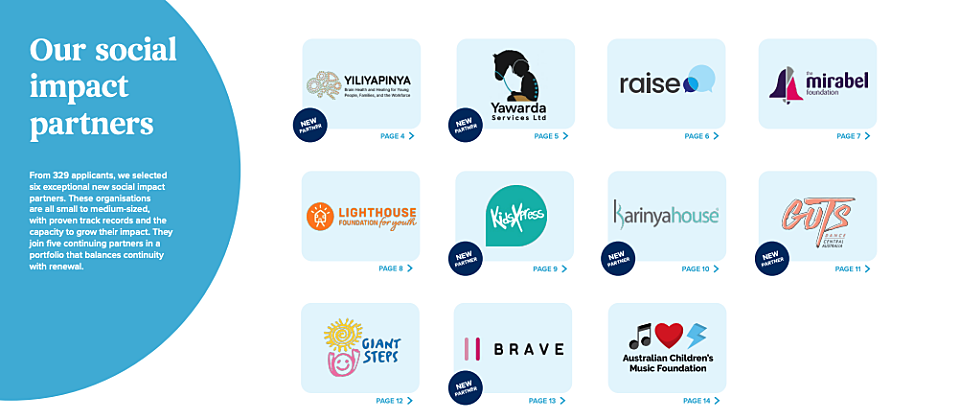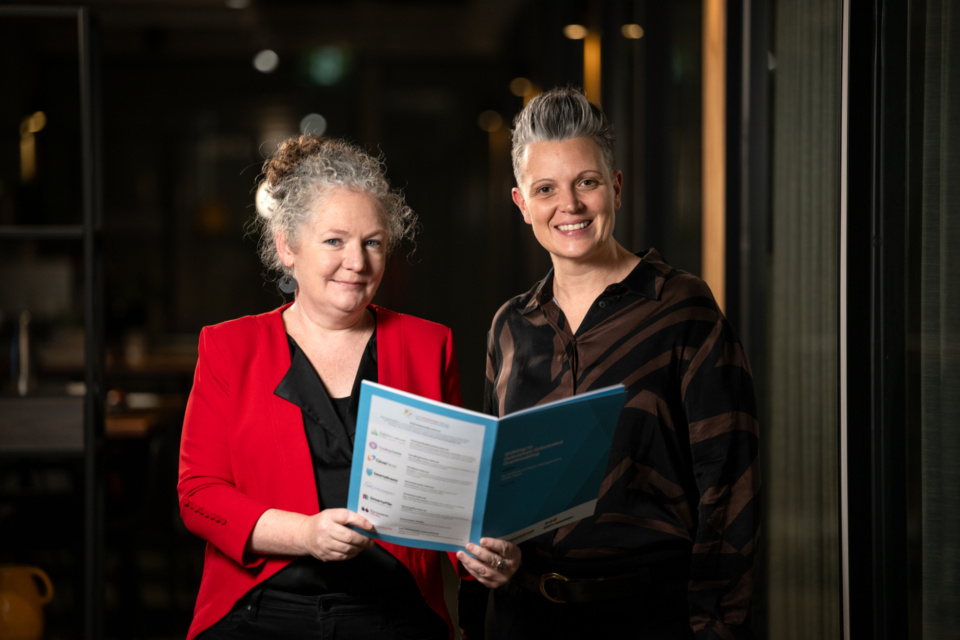
Greater integrity needed in grants assessments
Posted on 24 Nov 2025
The deployment of third-party grant assessors can reduce the risks to funders of corruption,…
Posted on 17 Jun 2025
By Matthew Schulz, journalist, SmartyGrants

Philanthropic giving – including grants to environmental organisations – has hit a new high but still represents a tiny fraction of what’s needed to address climate change.

According to the Giving Trends 2025 report by the Australian Environmental Grantmakers Network (AEGN), the group’s more than 200 members gave $247 million to environmental and climate causes in the 2023–24 financial year, up from $138 million in 2022.
This is a major share of the $300 million given to environmental charities, according to data from the Australian Charities and Not-for-profits Commission (ACNC). However, it represents just 2 per cent of the total $14 billion given to all charities across Australia.
The AEGN says philanthropy must make a much greater investment in climate change adaptation, and that between now and 2035, developing countries will require $5 trillion for climate adaptation measures. On current trajectories, little more than one quarter of that is likely to be available.
AEGN chief executive Claire O’Rourke said Australia was leading the way in environmental giving, but more effort was needed.
“The top 10 hottest years on record have occurred in the last decade. At the same time, the planet faces a dangerous decline in nature, with over one million species threatened with extinction, soils becoming infertile and water sources running dry,” she says in the report.

“The interconnected impacts of a changing climate and the collapse of natural systems touch nearly every aspect of human society.
O’Rourke said environmentally minded philanthropists had a big role to play in addressing the problems, and while nearly one third of the AEGN’s members had increased giving to environmental causes, more effort was needed.
“In the face of escalating climate disasters and biodiversity loss, philanthropy has the opportunity to meet the scale and urgency of these crises, forging a path toward a more just, sustainable and resilient future.”
According to the report, the AEGN’s members prioritised clean energy, nature conservation and supporting a sustainable economy in 2023–24, and contributed $83 million to core funding and capacity building. About 12% of member funding supported First Nations climate or nature initiatives.
“In the face of escalating climate disasters and biodiversity loss, philanthropy has the opportunity to meet the scale and urgency of these crises, forging a path toward a more just, sustainable and resilient future.”
AEGN figures show environmental giving by public ancillary funds (PuAFs) dropped significantly after a one-off surge in spending linked to the 2019–20 Black Summer bushfires.
That summer saw a $33 million spike in spending on relief and recovery efforts, which had plummeted to just $4 million at the last count.
O’Rourke said the dip in giving may reflect the tail end of post-Black Summer funding and strategic “spend-down” behaviour by major philanthropists.
The AEGN’s giving trends report should be read in conjunction with another one of its publications, The Economics of Giving: The case for climate philanthropy.
It stresses the value of long-term, flexible funding, which could enable organisations to sustain long-term efforts and act more quickly to make an impact.
It argues funders should give more boldly, fund core operations and multi-year work, support flexible funding, back rapid responses, increase the trust of those “on the ground” and collaborate better.
Generosity key to saving the planet: report
AEGN reports: Giving Trends 2025 | The Economics of Giving: The case for climate philanthropy | AEGN podcast

Posted on 24 Nov 2025
The deployment of third-party grant assessors can reduce the risks to funders of corruption,…

Posted on 21 Oct 2025
An artificial intelligence tool to help not-for-profits and charities craft stronger grant…

Posted on 21 Oct 2025
Artificial intelligence (AI) is becoming an essential tool for not-for-profits seeking to win…

Posted on 21 Oct 2025
A new measurement tool designed by First Nations experts is challenging the way grantmakers assess…

Posted on 21 Oct 2025
Funders and the not-for-profits (NFPs) they work with should treat artificial intelligence (AI) as…

Posted on 21 Oct 2025
Tweens and young teens are set to benefit the most from an Australian investment company’s renewed…

Posted on 21 Oct 2025
The Western Australian government has updated its grants administration guidelines, with the new…

Posted on 21 Oct 2025
The Australian National Audit Office (ANAO) has listed three politically sensitive programs it may…

Posted on 21 Oct 2025
Victoria’s anti-corruption authority has provided useful guidance for grants managers on avoiding…

Posted on 07 Oct 2025
Future Generation has announced a major new investment fund focused on improving women’s employment…

Posted on 18 Sep 2025
Across Australia and the world, not-for-profits are adopting artificial intelligence (AI) tools…

Posted on 02 Sep 2025
Ezra Klein and Derek Thompson’s bestseller Abundance is quietly circulating through the upper ranks…